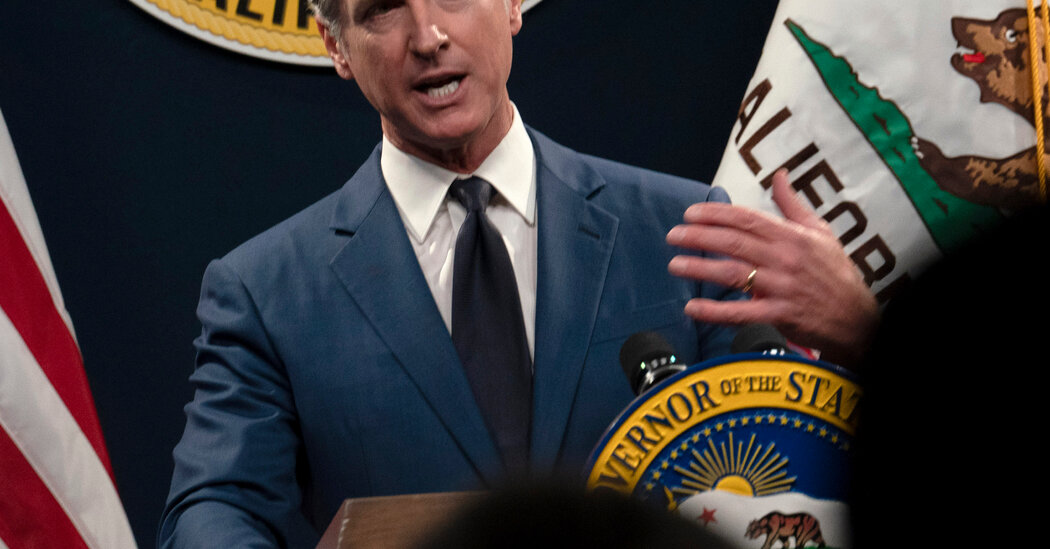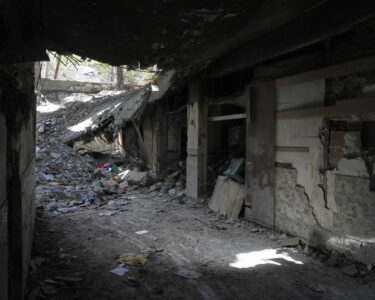May has many pleasures in California. Poppies. Jumping frog contests. Waterfalls in Yosemite National Park.
In the capital, though, May can be painful. It’s when the annual haggling over the state budget usually shifts into high gear. Governors fine-tune their fiscal proposals. Lobbyists ramp up the pressure. The people who rely on state dollars the most brace for relief or disappointment, and legislators strain to balance the books.
Like the economy and the population of California, the state budget is the nation’s largest, and lawmakers are legally required to pass a balanced one by June 15 each year or lose their pay and expense money. Even in flush years, it’s a fraught process.
And this year, California is not flush.
Why is there a hole to fill?
California’s system of taxation is volatile by nature. The state relies heavily on taxes on personal income and capital gains. When the rich do well, the state government reaps a bonanza. But when the stock market slumps or initial public offerings dwindle, revenue plummets. For the past couple of years, as the Federal Reserve tried to rein in inflation with higher interest rates, state finance officials warned that California’s fiscal outlook was darkening.
A stock market decline in 2022 drove down receipts from capital gains taxes. Higher borrowing costs for businesses led to higher unemployment and fewer business startups.
Making matters worse, the state was late to recognize the full extent of the problem, because the severe winter storms in early 2023 prompted the state to extend the deadline for filing income tax returns to November. That meant that lawmakers had to pass the current budget before it was clear how much money would be coming in, and they guessed too high.
How big is the problem?
By December, it was clear that California was in a hole and would not soon emerge. The state’s nonpartisan budget analyst pegged the deficit at about $68 billion for the 2024-25 fiscal year. A month later, the governor’s finance experts, using different methods, put the shortfall at a somewhat less dire $38 billion.
Gov. Gavin Newsom and state lawmakers got proactive as the deficit continued to grow.
Last month, the Legislature approved a package of early cuts, shifts, delays and other spending maneuvers that, by the governor’s estimate, whittled the shortfall for the current year to about $27.6 billion. This week, the legislative analyst called that figure “plausible” but “optimistic.”
Can it be plugged?
It must be. California is constitutionally required to balance its budget. The questions are what spending will be cut, delayed or shifted; how deeply state lawmakers will dip into state reserve funds; and whether taxes will be raised.
Last week, the governor proposed a hodgepodge of solutions that included taking $21.5 billion out of state reserves, canceling more than $19 billion in planned spending and shrinking a range of state programs by nearly $14 billion.
His proposal would eliminate 10,000 vacant state government jobs, close down 4,600 prison beds and greatly shrink a popular scholarship program for middle-class college students. It would cancel spending on early education facilities, toxic waste cleanup and broadband internet expansion, among other items.
But Newsom essentially ruled out one idea. “I’m not prepared to increase taxes,” he said.
What’s next?
The legislative analyst will weigh in on the governor’s revisions, and state legislators will propose their own budget ideas.
Lobbyists are already geared up: Health care interests, including some of the governor’s most formidable allies, want to preserve higher reimbursements for treating Medi-Cal patients. Counties are fighting a proposed cut of hundreds of millions of dollars in public health funding. Arts backers are pushing to ensure that money from a popular 2022 initiative for art and music education will be used to hire additional teachers.
So, make the most of that local wildflower patch, frog derby or trip to the park. It’s going to be a long month.
If you read one story, make it this
The number of Americans living near the scenes of fatal gun violence rose sharply during the pandemic, according to a review by The New York Times. An interactive map shows which neighborhoods in California and across the nation were affected the most.
And before you go, some good news
The Los Angeles Times has put together a list of seven public gardens across the Los Angeles area where you can literally stop and smell the roses this spring.
Southern California, with its plentiful sunshine and mild weather, has an ideal climate for these beautiful flowers to thrive. And, according to Karen Haney, who teaches horticultural therapy at U.C.L.A. Extension, roses can be easy on the mind, too.
“Roses give us a wide range of sensory experience that we can use to improve our mood,” Haney told the news outlet, adding, “When you are experiencing that scent, the mindfulness that you’re giving to that moment is providing a restorative experience for your brain, a little bit of softness.”
You can check out the full list here.




